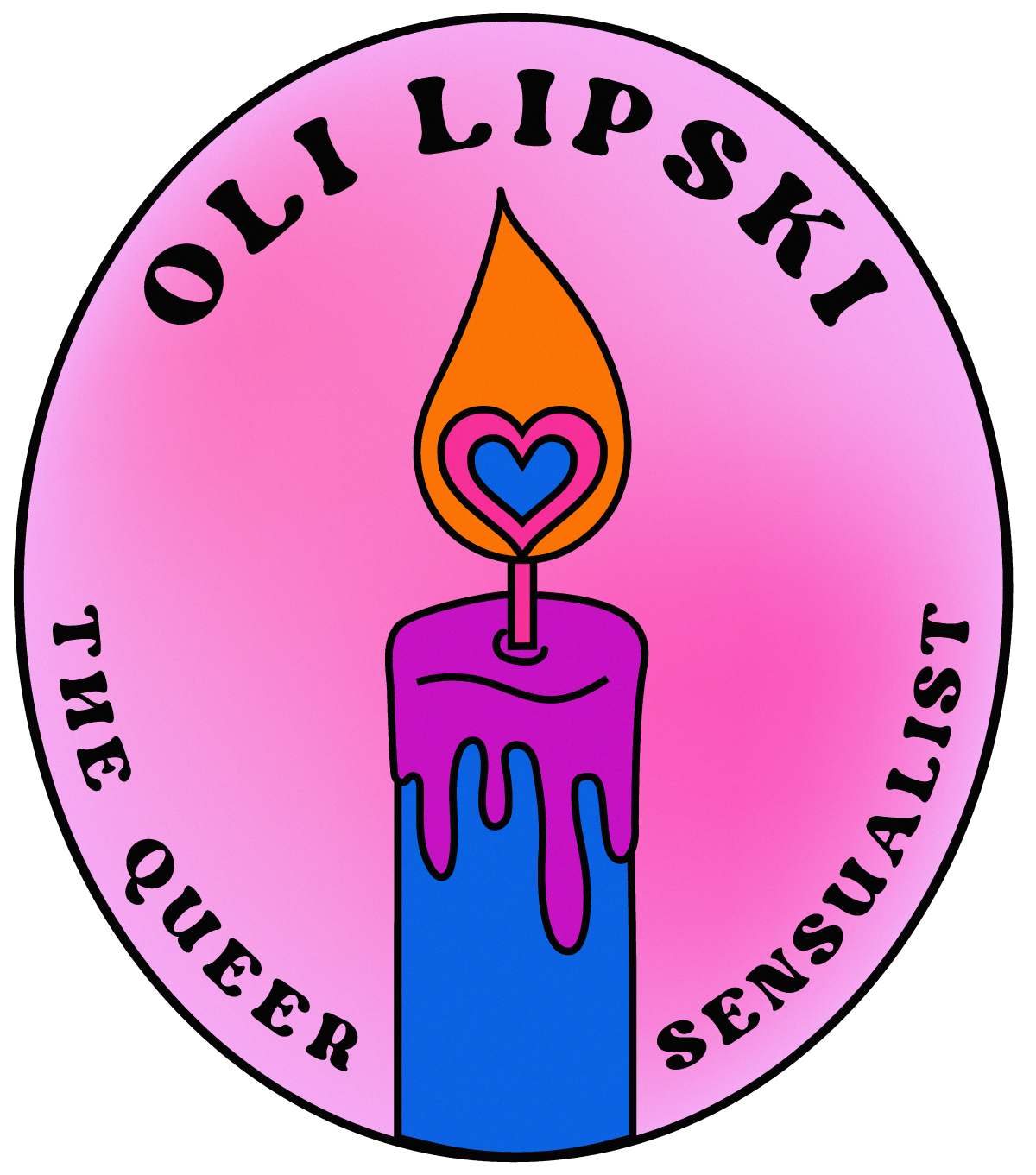Dating apps may all look similar, but there’s still a world of difference – even in lockdown
This article was originally written on SEXTECHGUIDE in 2020.
Since lockdown, dating and hookup apps have been forced to adapt to the inevitability of purely online dating during a global pandemic. And while people have lots of ‘free time’ (lockdown is not free time), it hasn’t been the boon you might expect.
There was a significant drop in spending on “premium services” for some of the big names. Tinder noticed first-time subscribers decline sequentially from February to March, before stabilizing again in April. Momo dating experienced a 3.5 percent drop in revenue in the first three months of 2020; and The Inner Circle “noticed less willingness to pay”, at least in heavily locked-down locations.
However, that doesn’t correlate to the amount of time users have been spending on the apps. If anything, dating app use has risen. For example, The Inner Circle found a 15 percent rise in the number of matches and 10 percent in the number of messages sent. Tinder reported that a somewhat ridiculous three billion swipes took place on Tinder on March 29, with 12 percent increase in daily conversations in the UK.
But with dating apps all jumping on the same corona-wagon of virtual dating – namely video in some form or another – what distinguishes one virtual dating arena from the next?

